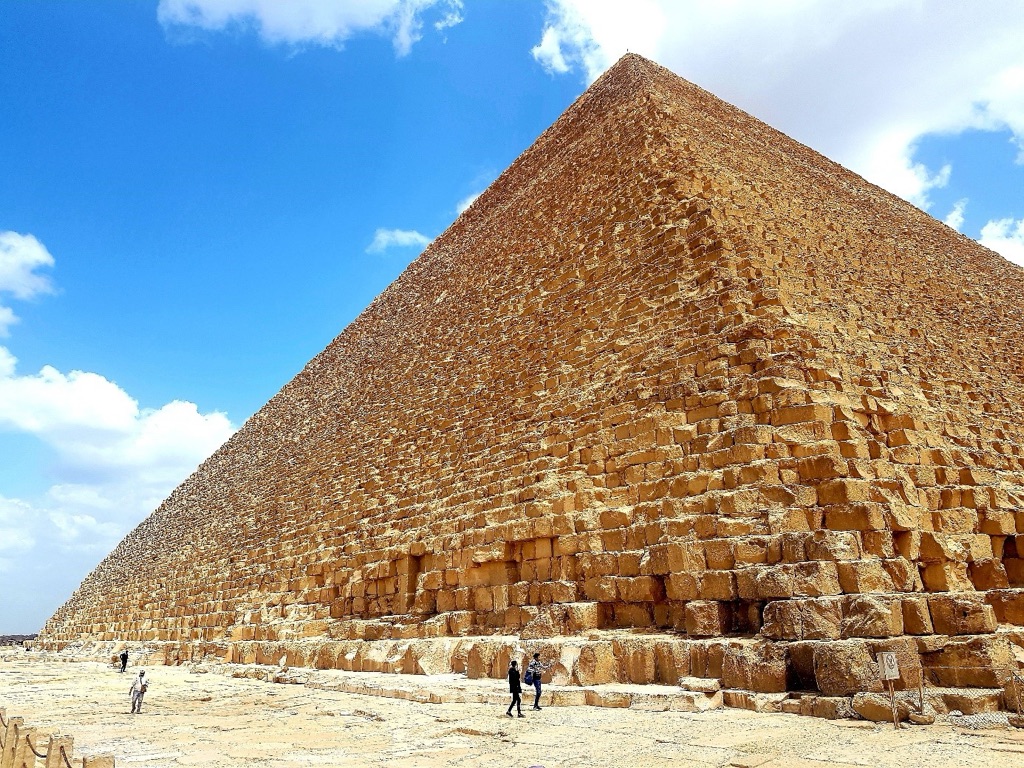The Great Pyramid of Giza, also known as the Pyramid of Khufu or the Pyramid of Cheops, is the oldest and largest of the three pyramids in the Giza pyramid complex bordering present-day Giza in Greater Cairo, Egypt. It is the oldest of the Seven Wonders of the Ancient World, and the only one to remain largely intact. Built as a tomb over a 10 to 20-year period concluding around 2560 BC, the Great Pyramid was the tallest man-made structure in the world for more than 3,800 years.
Get your dose of History via Email
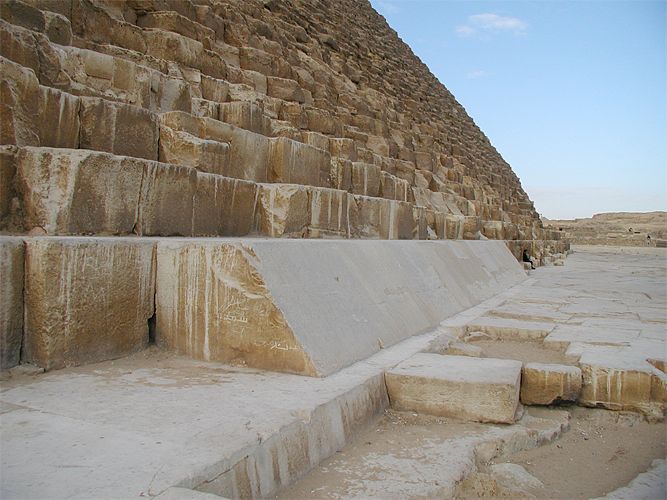
How was the Great Pyramid of Giza constructed and what technologies did the ancient Egyptians use to build it?
The construction of the Great Pyramid of Giza remains a mystery to this day. It is believed that thousands of workers were employed to build this colossal structure. The Egyptians utilized simple but effective tools like ropes, wooden sledges, and levers to move and lift the heavy stones.
One of the most impressive aspects of the pyramid’s construction is the precision with which the stones were cut and placed. The Egyptians used copper chisels and wooden mallets to shape the stones. They also developed a system of ramps to move the blocks to the higher levels of the pyramid.
The use of the plumb-bob, a tool used to ensure vertical alignment, and the cubit rod, a standard unit of measurement, were critical in maintaining the pyramid’s precise dimensions. The ancient Egyptians also used a primitive form of geometry and possibly astronomy to align the pyramid accurately with the cardinal points.
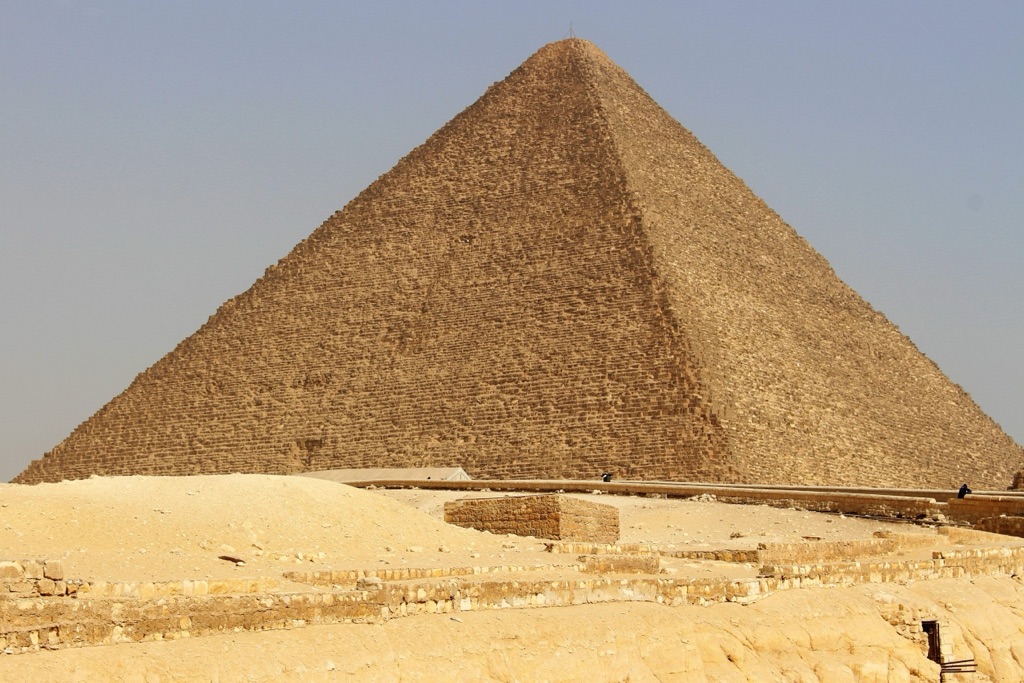
How were the Great Pyramids of Giza constructed and what techniques were used by the ancient Egyptians?
The Great Pyramids of Giza were constructed using a combination of manual labor and ingenious techniques. The pyramid builders likely used a system of ramps and sledges to move the heavy stone blocks into place. These blocks, some weighing as much as 2.5 tons, were then carefully positioned and aligned.
The Egyptians also employed a variety of tools to cut and shape the stone blocks. Copper chisels, stone hammers, and wooden wedges were among the tools used. The use of sand to abrade and smooth the stone surfaces was another technique employed by the builders.
The precise alignment of the pyramids with the cardinal points suggests that the Egyptians had a rudimentary understanding of astronomy. They may have used the stars to guide the placement of the pyramids, ensuring their alignment with the north-south axis.
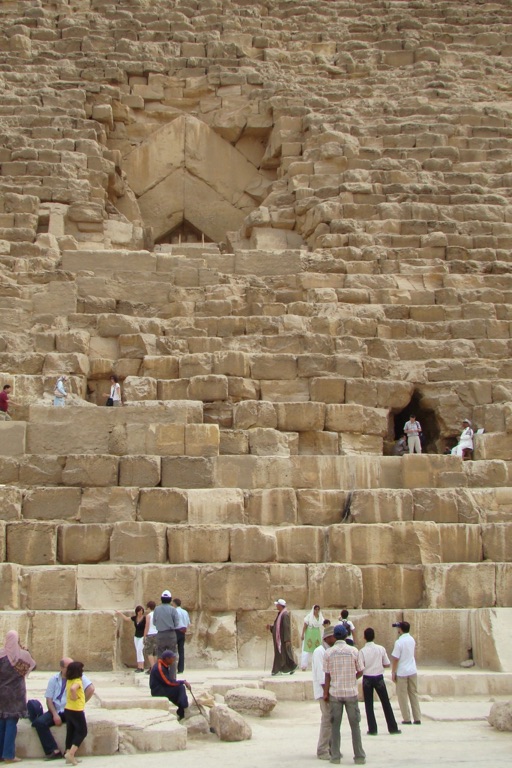
What is the significance of the alignment and location of the Great Pyramid of Giza in relation to astronomy and geography?
The Great Pyramid of Giza is aligned with remarkable accuracy to the cardinal points. This suggests that the ancient Egyptians had a sophisticated understanding of astronomy. The pyramid’s north-south axis is aligned to within 0.15 degrees of true north, a feat that would require knowledge of the stars and the earth’s rotation.
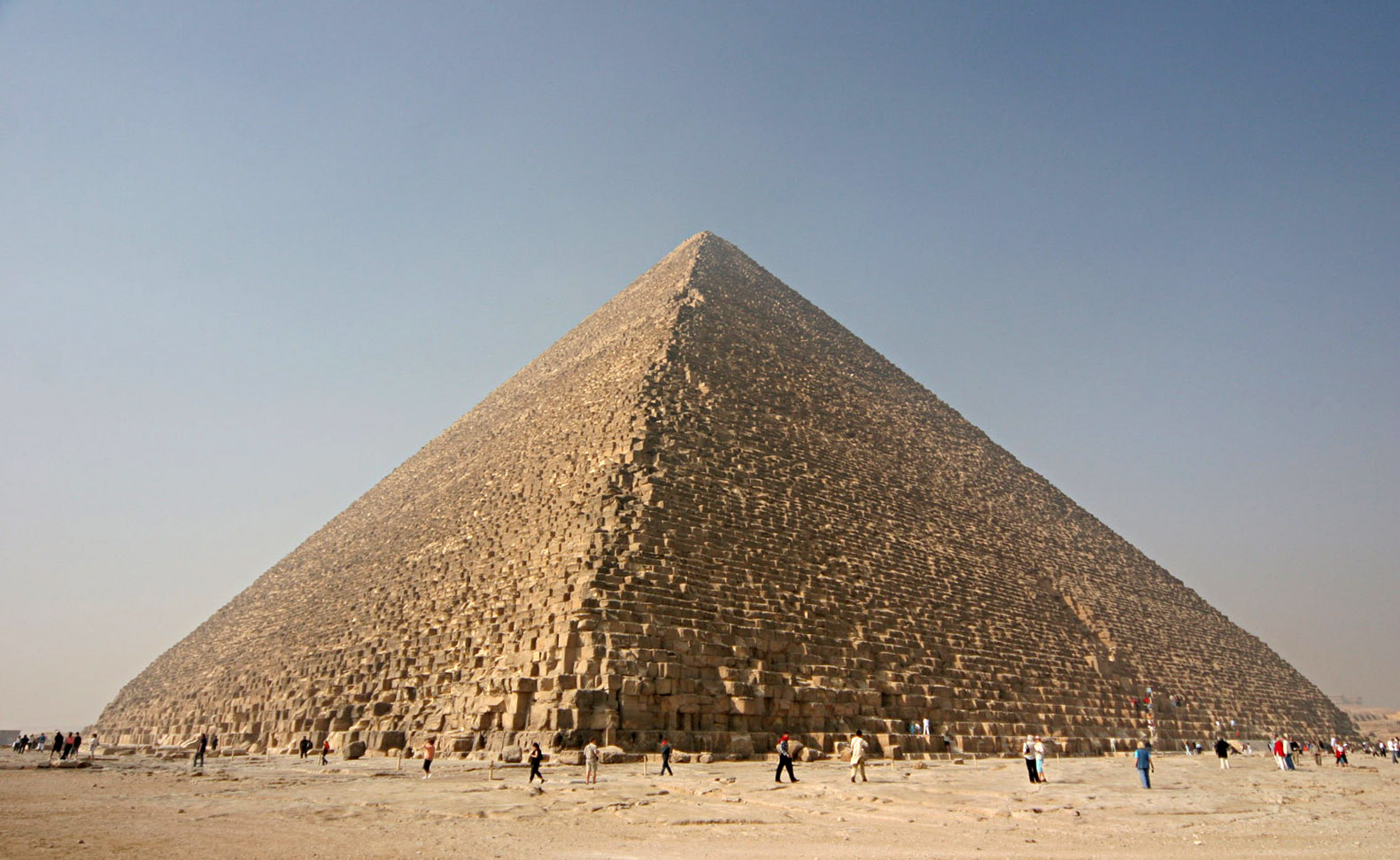
The pyramid’s location also has geographical significance. It is situated at the center of the land mass of the earth, indicating that the Egyptians may have had a rudimentary understanding of global geography.
The alignment of the Great Pyramid and its two neighboring pyramids with the stars in Orion’s belt also suggests a connection to astronomy. This alignment, along with other astronomical references in Egyptian mythology and religion, suggests that the pyramids may have served a purpose related to the heavens.
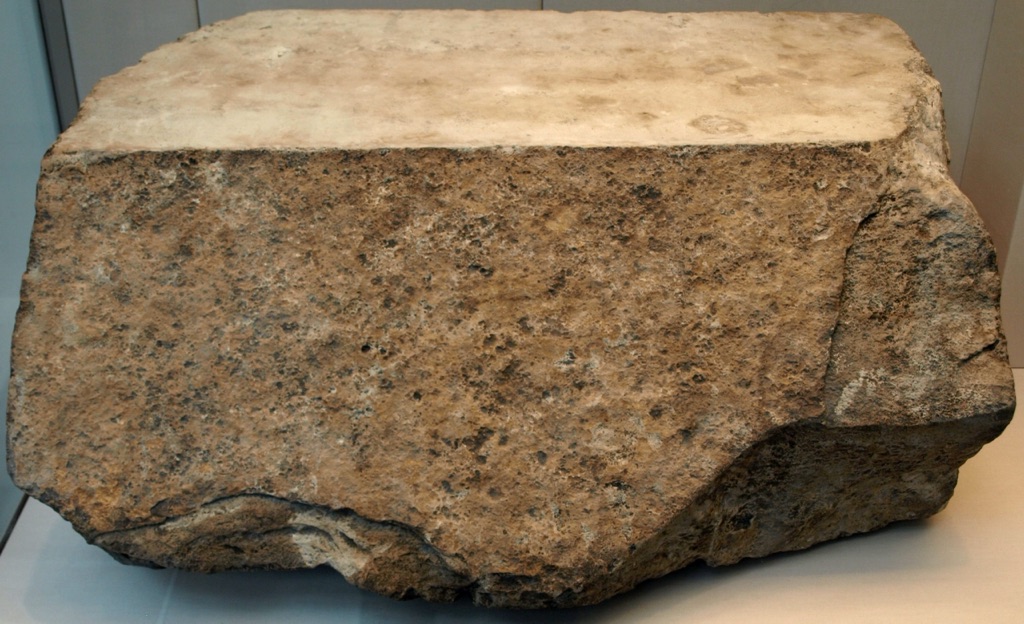
What was the purpose of the Great Pyramid of Giza and how was it used by the ancient Egyptian civilization?
The primary purpose of the Great Pyramid of Giza was to serve as a tomb for the Pharaoh Khufu. The pyramid was designed to protect and preserve the pharaoh’s body and possessions for the afterlife.
Inside the pyramid, a series of chambers and passageways were constructed. The King’s Chamber, located at the heart of the pyramid, housed the sarcophagus of Khufu. The Queen’s Chamber, despite its name, was likely not intended for the burial of Khufu’s queens but may have had a symbolic purpose.
In addition to its function as a tomb, the pyramid may have served other religious and symbolic purposes. Its size and precision reflect the power and knowledge of the Pharaoh and his civilization, and its alignment with the stars may suggest a connection to the divine.
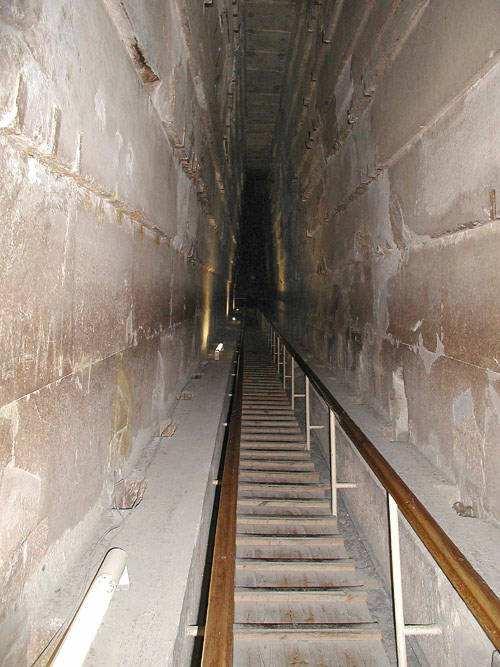
What are some of the key archaeological discoveries that have been made inside the Great Pyramid of Giza?
Over the centuries, many fascinating discoveries have been made inside the Great Pyramid of Giza. The pyramid’s internal structure includes three known chambers: the King’s Chamber, the Queen’s Chamber, and the Subterranean Chamber.
The King’s Chamber houses a red granite sarcophagus that is believed to have held the body of Pharaoh Khufu. Interestingly, no mummy or funerary artifacts have ever been found in the pyramid, likely due to tomb robbers in antiquity.
In the 19th century, explorers discovered four narrow shafts leading out from the King’s and Queen’s Chambers. The purpose of these shafts is still a mystery, although theories suggest they may have been built for ventilation or for astronomical or religious purposes.
In recent years, scientists have used advanced technologies like muon radiography and thermal imaging to discover new features inside the pyramid. These include a large, previously unknown void above the Grand Gallery and possible hidden chambers behind the north and west faces of the pyramid.
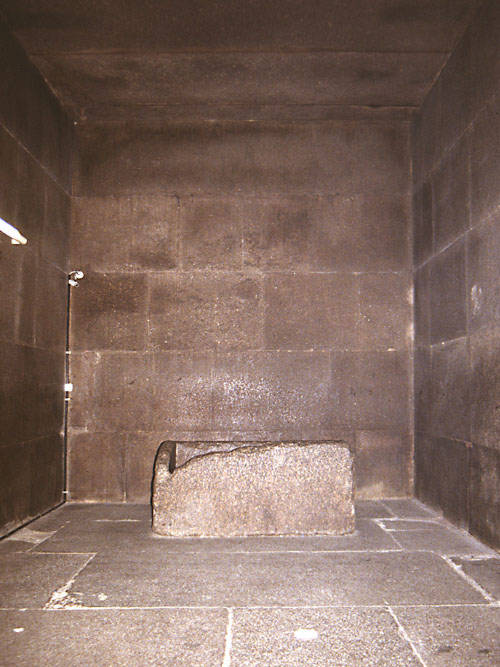
Conclusion and Sources
The Great Pyramid of Giza is a testament to the ingenuity and ambition of the ancient Egyptians. Its construction, purpose, and alignment continue to fascinate researchers and visitors alike. While many mysteries remain, ongoing archaeological and scientific research continues to shed light on this remarkable monument.
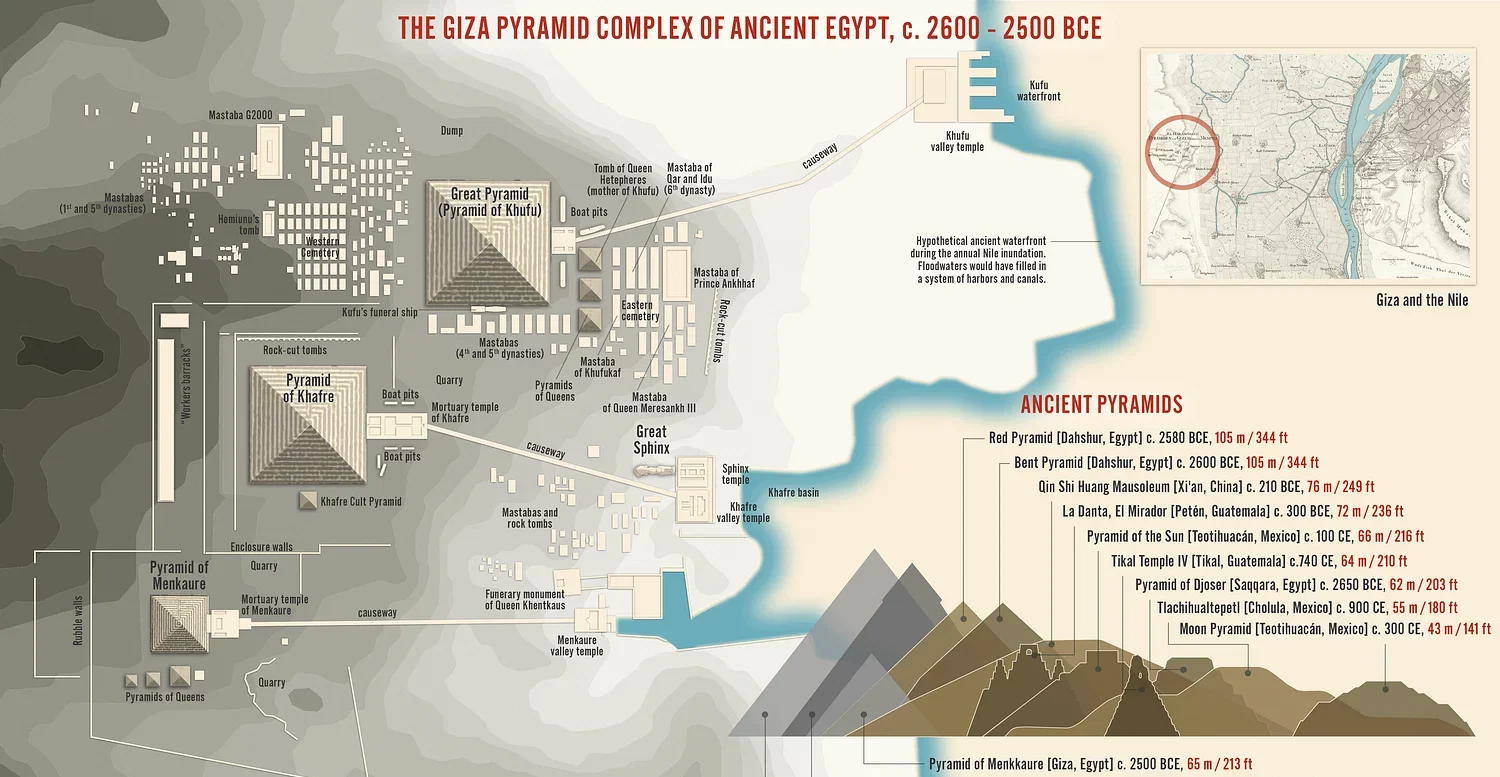
For further reading and to verify the information provided, the following sources are recommended:

